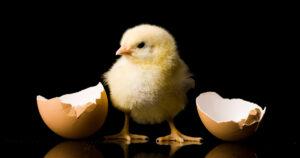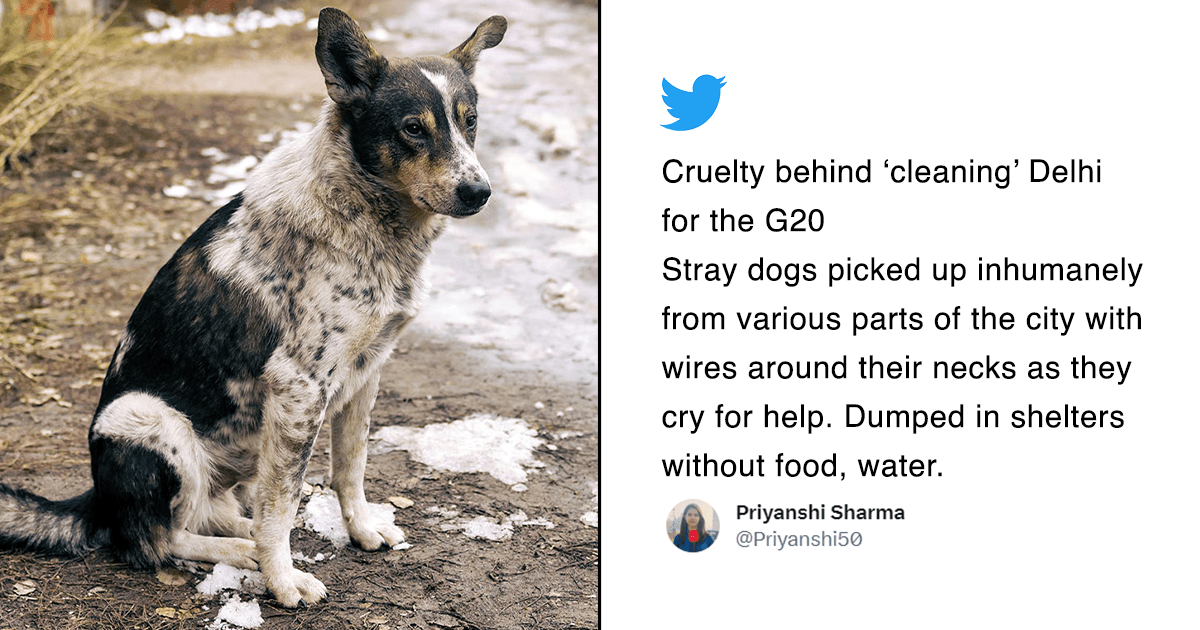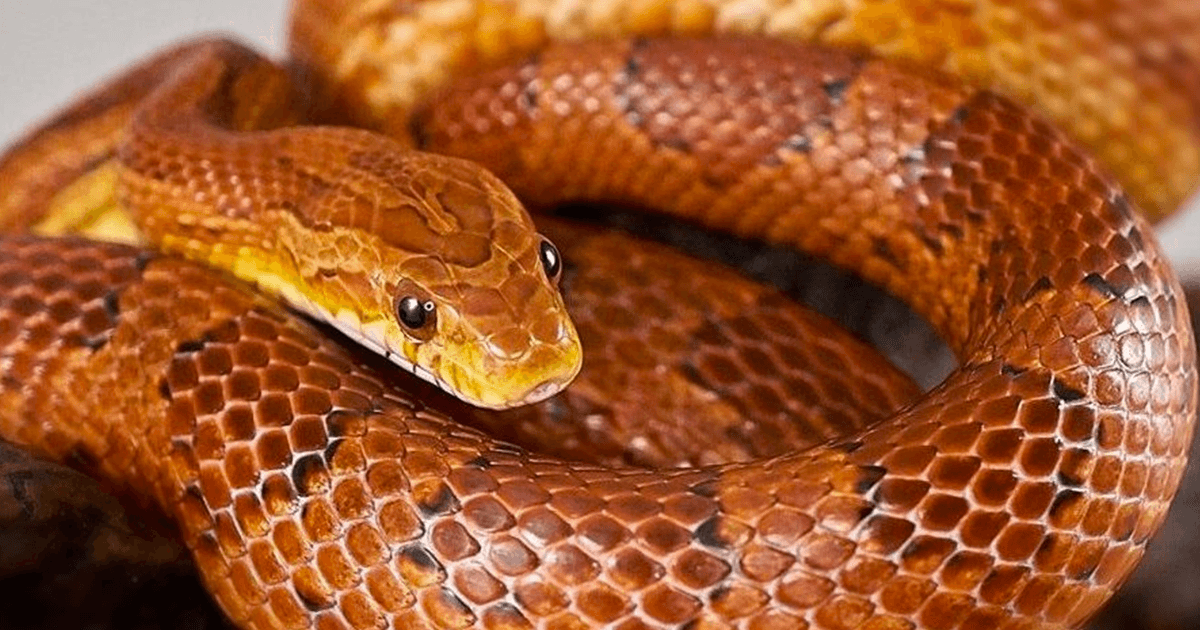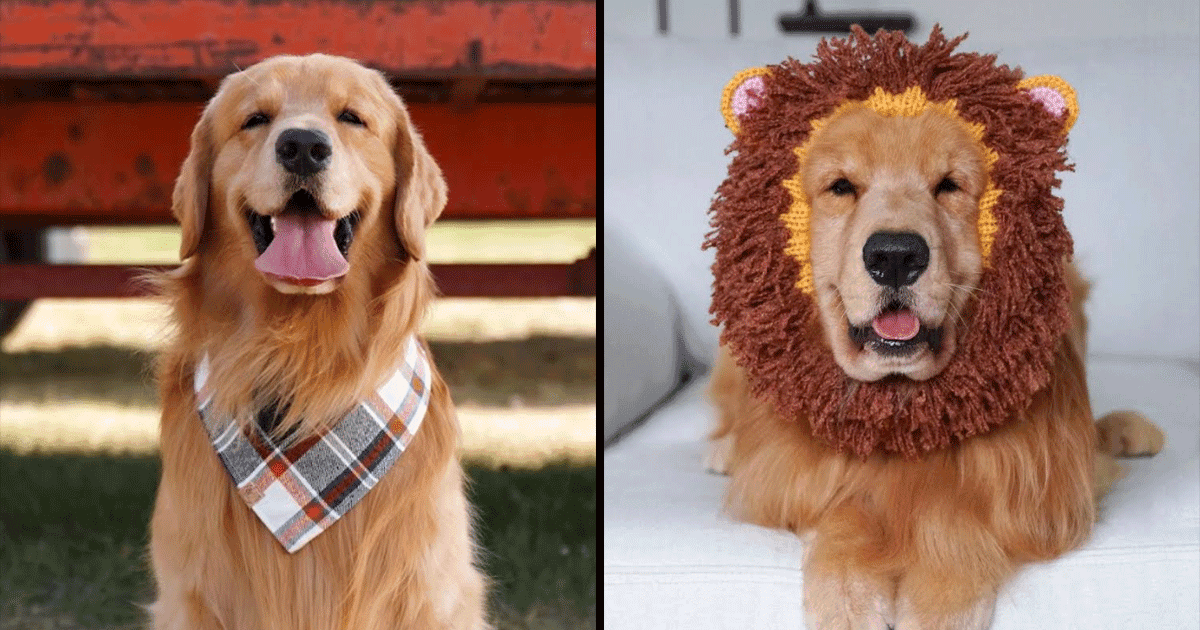Netflix’s Our Planet is a journey on its own – a journey to the unknown corners of our Earth where an abundance of life is suffering due to the mistakes of mankind.
The show has many moments that can make you gasp in disbelief or force a tear down your cheek. So we compiled the best of these moments.
1. The dolphins and seabirds co-ordinate to hunt down a shoal of mackerel in the seas.
Nature is perfect. Through a period of millions of years, nature has managed to become this well-oiled machine where all parts of it feed off of each other without ever breaking down. This is such an example.
A shoal of mackerel had discovered a swarm of krills to feed on. But they themselves are food for both dolphins and the seabirds.
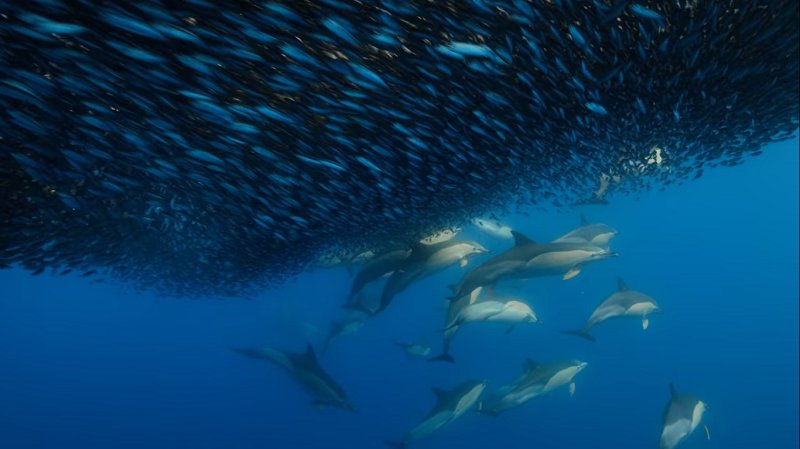
So the dolphins swarm them from below and push them towards the surface, where seabirds can dive underwater and feed from above as the dolphins feast from below the shoal.
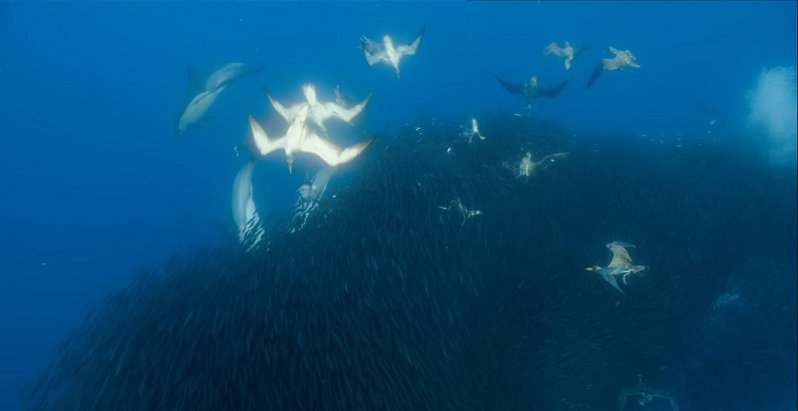
And this is not the case with just dolphins and seabirds. Creatures all across the Earth have co-ordinated with each other to become this singular being capable of reaping mutual benefits.
2. Humpback whales hunt a swarm of krill by creating a barrier with the water thrown out of their blowholes.
We humans might think of us as the supreme beings on this planet, but creatures such as these living and hunting in perfect sync can put the best of us to shame.
These humpback whales have travelled 8,000 km in the southern hemisphere in the search of food. They can lunge and pounce on the surface of the water to catch their prey as long as the latter stay on the surface.
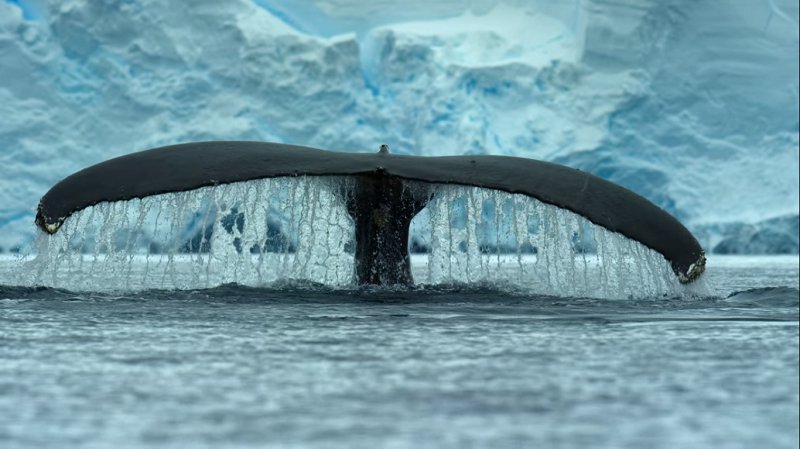
But when the krill go deep inside and scatter, a group of these whales, circle around them, blowing strong jets of water from their blowholes, creating a barrier around the krill, effectively confining them, following which the feeding frenzy begins.
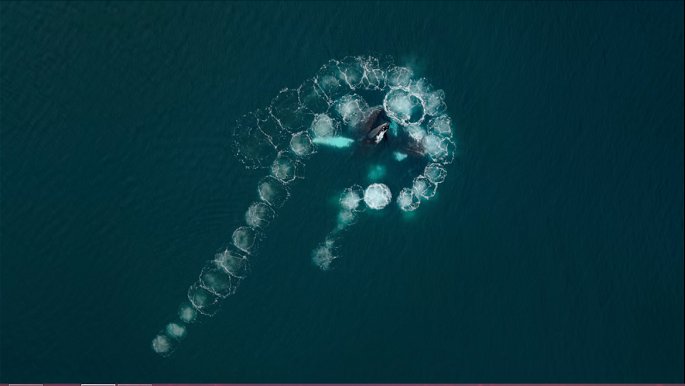
The sight of such water giants preying together is a rather terrifyingly beautiful moment.
3. Emperor penguins find their chicks in a crowd of half a million stretched over miles.
The bond between a parent and their children is unique. And such is also the case with penguins. After they travel miles across seas escaping predators, they return to land to find a crowd of half a million or more of their own species.
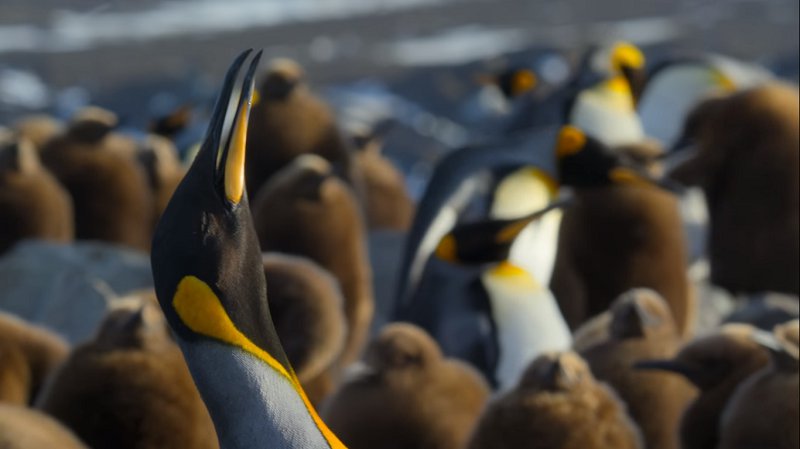
But such is nature that their cries (both the parent and the child) can be heard and recognised by each other.
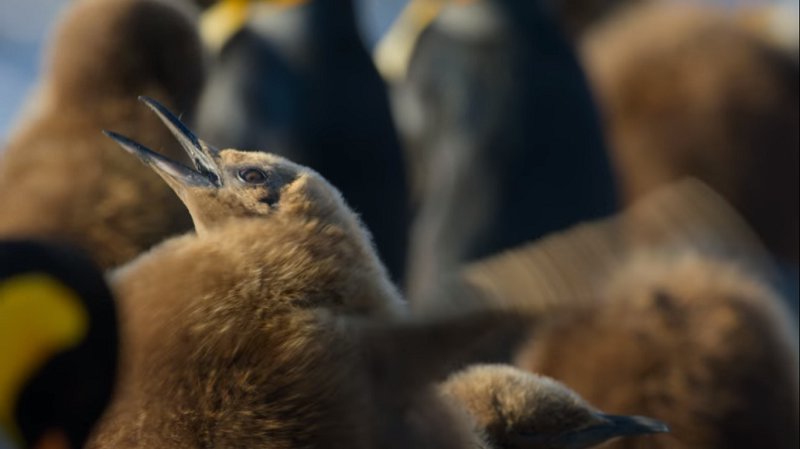
And it is a unique sight- a testament to the bond between them.
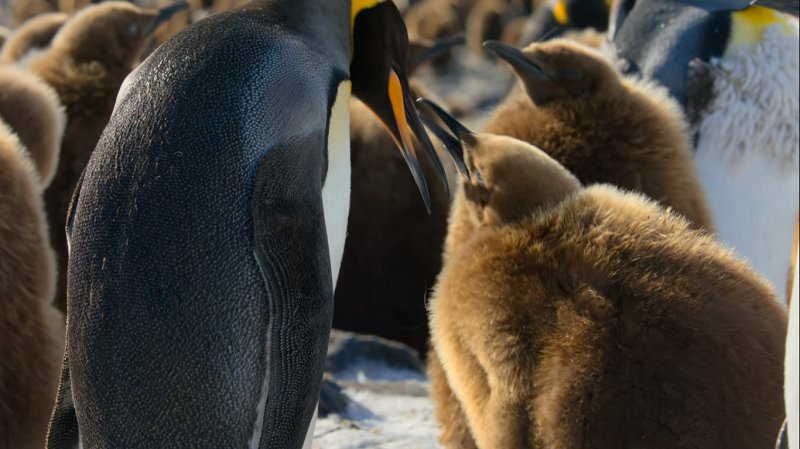
4. A polar bear and her cub try to hunt a baby seal as her mother watches.
The polar bear cub inches towards the seal as its mother watches hoping that the baby will return back to its hole before the predator catches on.
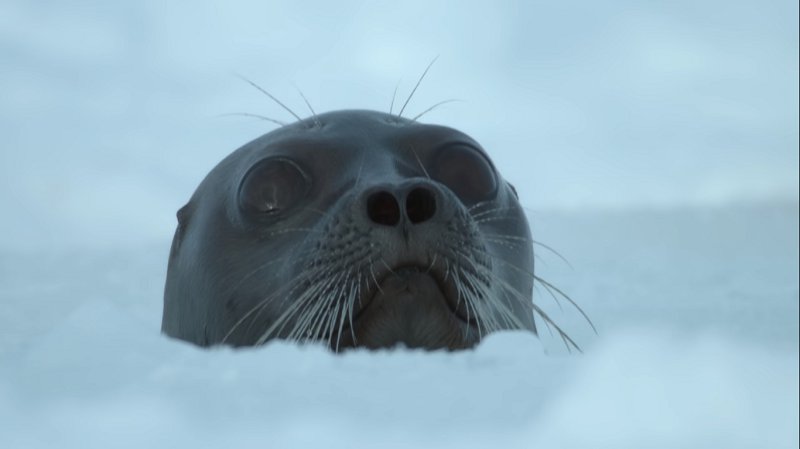
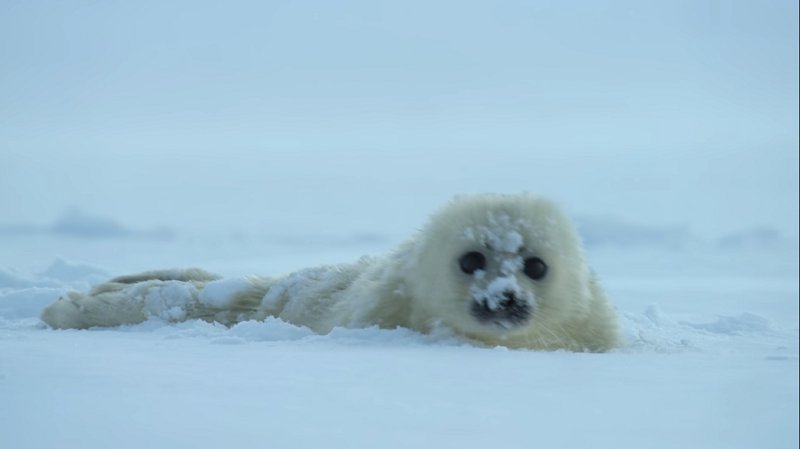
The mother bear joins the hunt and rushes towards the seal.
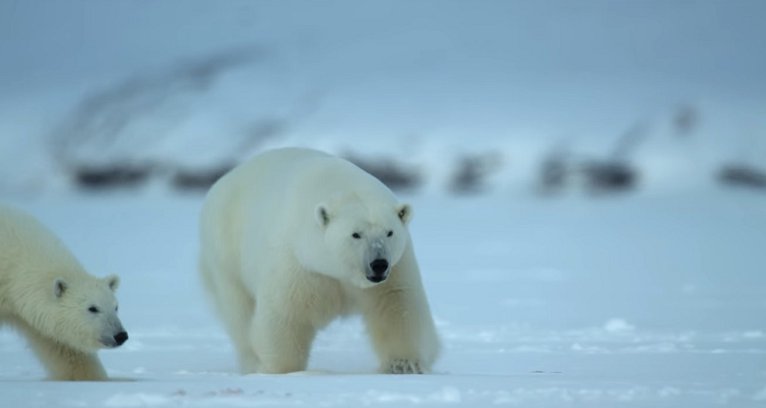
But the mother seal goes underwater and pulls her baby back down in time, before the bears make her dinner.
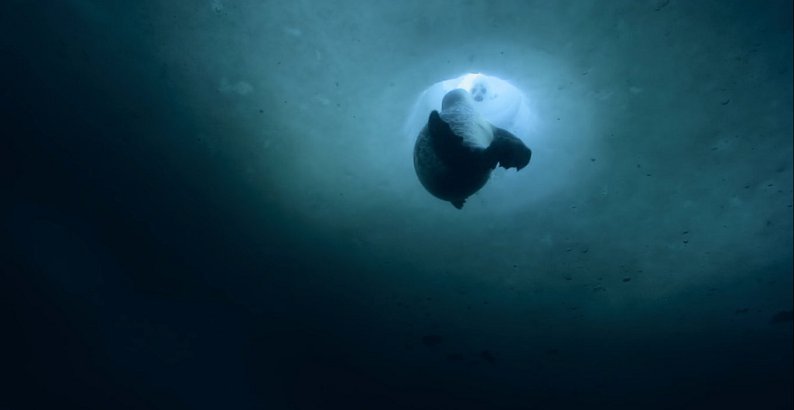
In the end, you might cheer for the mother seal for protecting her pup but you leave with the knowledge that the polar bear and her cub will go hungry for days. The loss of sea-ice means less food for them, something which, on a larger scale can dictate the terms of life and death.
5. A Multitude of walruses fall from cliffs and die due to the melting of sea ice.
This is easily the most talked about scene from the docuseries. And it’s painful to watch what our mistakes have done to some of the most serene creatures on this planet.
Walruses gather in hundreds of thousands in Russia, Canada and Alaska, which are not their natural habitats. But these places are the coldest and the closest to their preying grounds.
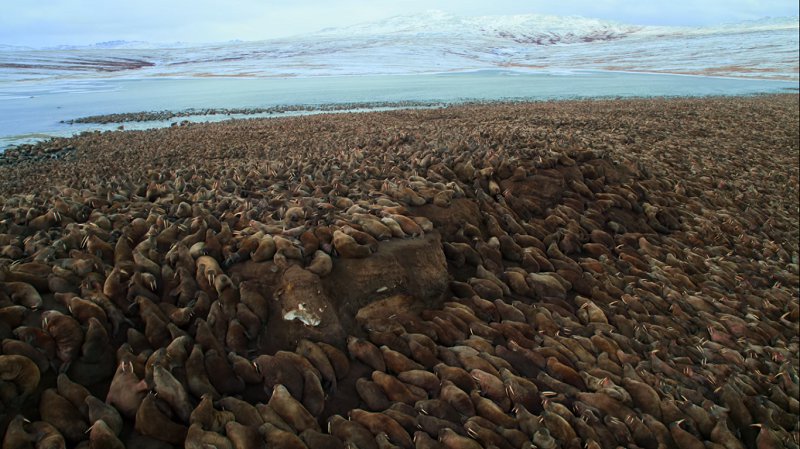
But the evident lack of space forces them to climb up cliffs to find ground to rest on. Now, their eyesight out of water is quite poor and hence they lack depth perception.
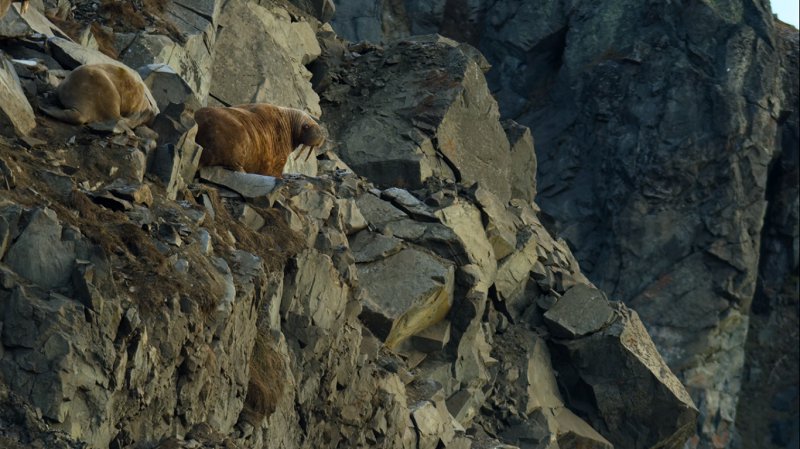
Due to which they literally walk off cliffs and fall to their deaths. And you know, what’s worse? They do not know, nor do they understand the abhorrent series of events that has forced them to plunge to their deaths in such massive numbers.
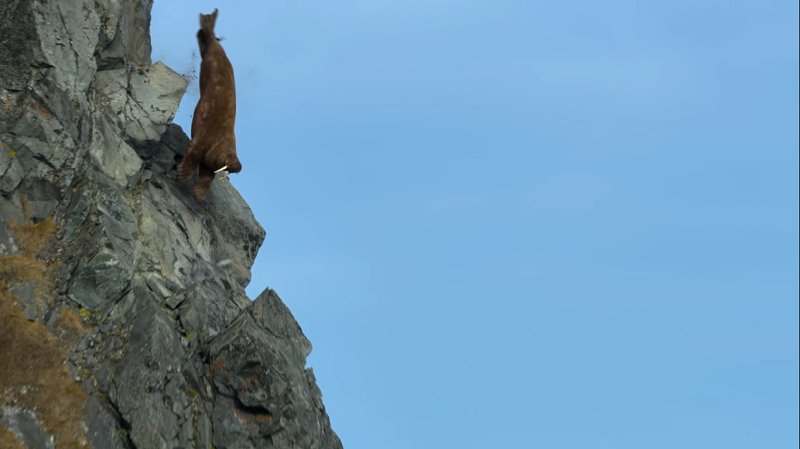
6. The Western Parotia is a civilised bird and does the most creative things to woo a female.
While most male creatures fight against each other to win favours with a female and mate, the Western Parotia is a bit more romantic.
First he spends all morning cleaning the stage he is supposed to perform on. Because, even a rogue leaf can ruin his chances of finding a mate.
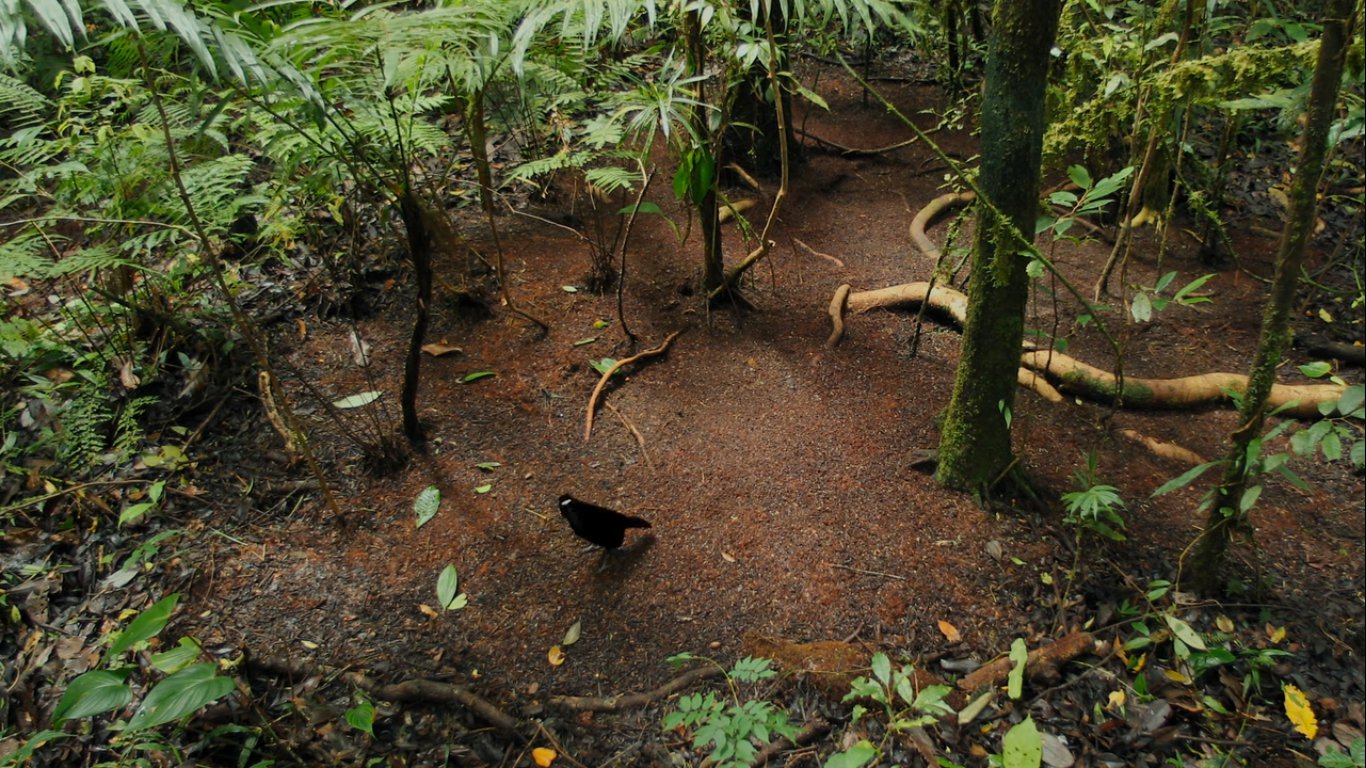
Finally, on her arrival, the male bows down before the performance, as customs dictate.
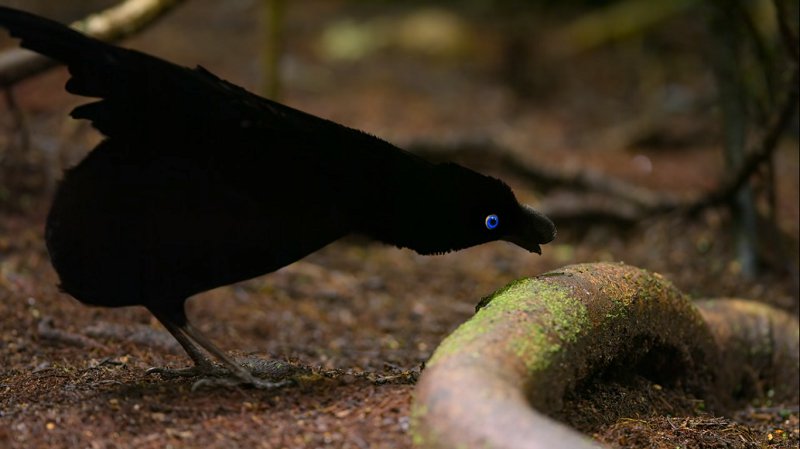
Then he changes his blue eyes to yellow.
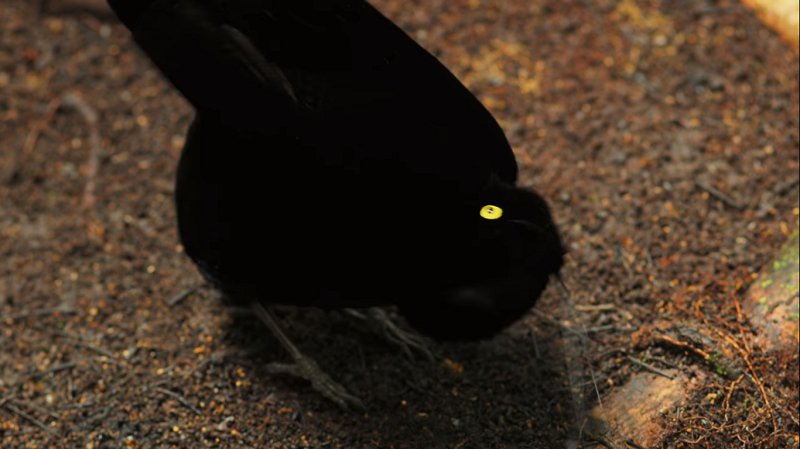
And dances! And he is so full of grace.
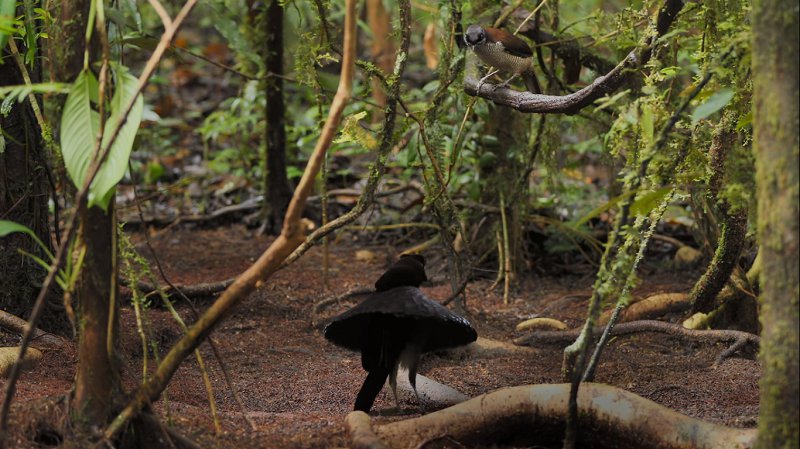
And it is just so inherently beautiful that you can’t help but root for the male to get the woman he so desires.
7. The gray reef sharks and the whitetip sharks team up in numbers of hundreds to hunt down everything that moves during the night.
Sharks are the apex predator of the coral reefs and they help maintain the delicate balance of life that keeps these communities alive.
During the day, the gray reef sharks hang in the current and let little wrasse pick their teeth clean for the hunt at night.
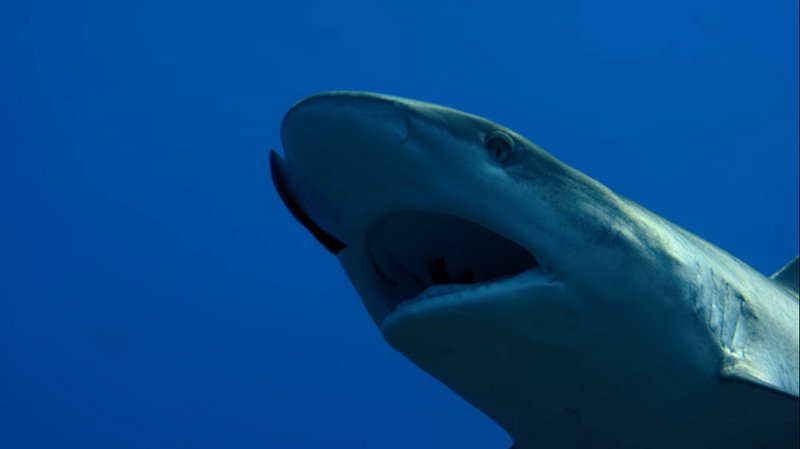
Generally staying still inside the coral branches is the best options as the sharks can detect even the slightest movements in the water.
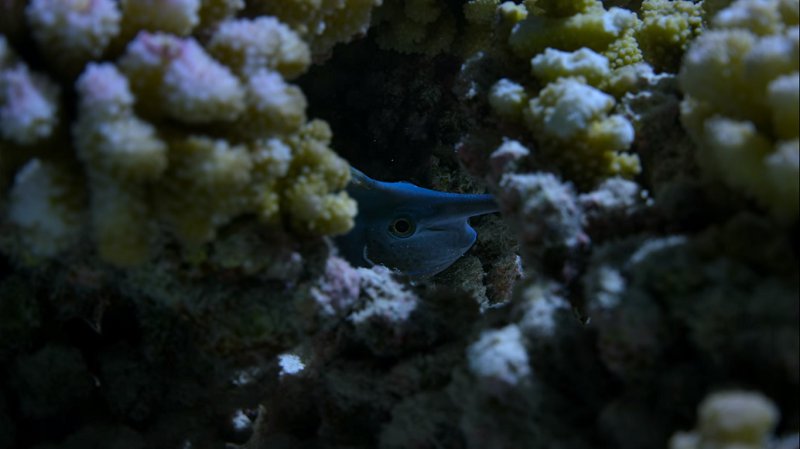
But all that changes with the arrival of a second predator – the whitetip reef sharks. These are slender, much more agile and can sneak within coral branches driving the prey right into the midst of the gray reef sharks swimming above.
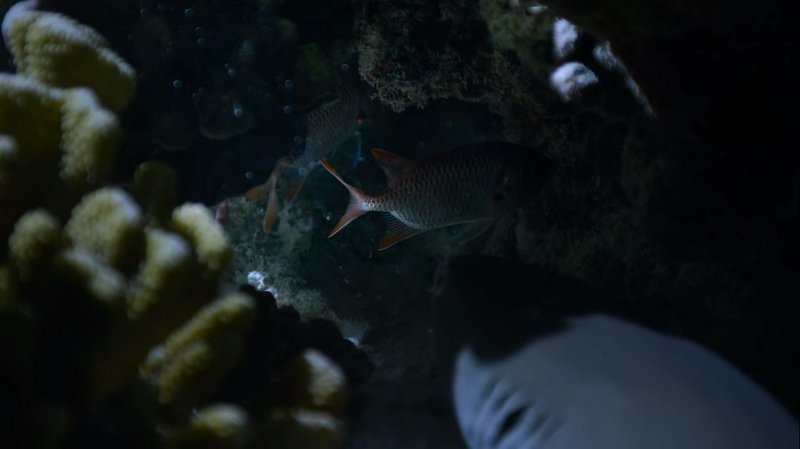
And whatever escapes from one group becomes prey to the other, thus creating the perfect hunting cycle; a cycle that no prey escapes.
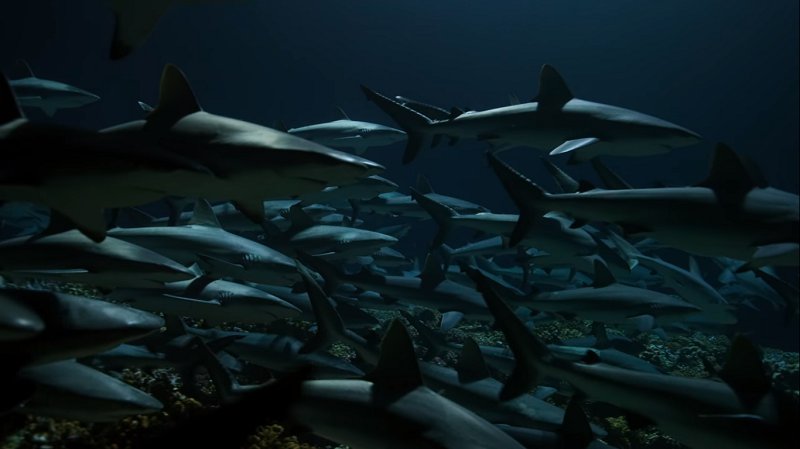
These are two top predators working towards a common goal, helping each other in keeping themselves and their home alive and well? Can you imagine humans doing the same?
8. The unavailability of salmon due to man-made dams are causing extreme trouble for the brown bears and disturbing the entire food chain.
Nature has created plenty for everyone. And there is always a system in place that allows every community to function the way it’s meant to. But then, we humans like to interfere, don’t we?
Salmons spend most of their lives in the Pacific but return to certain North American rivers to lay eggs. They have a unique ability to jump up waterfalls.
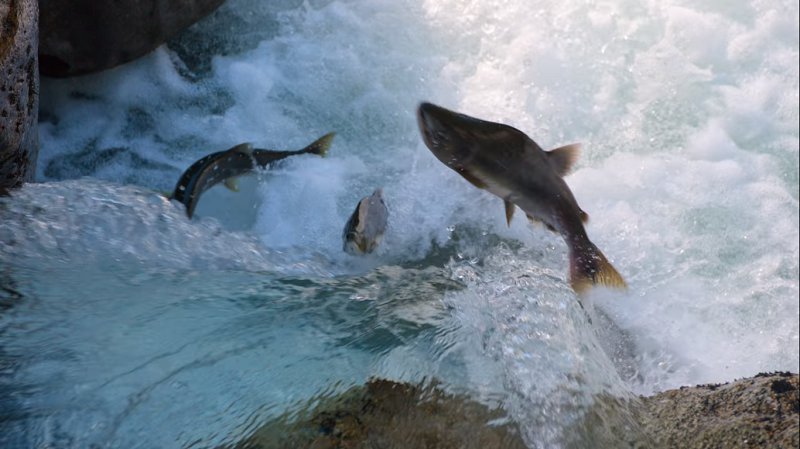
But even they cannot cross man-made dams without an assist. Today, pacific salmon number less than 1% of the number they used to.
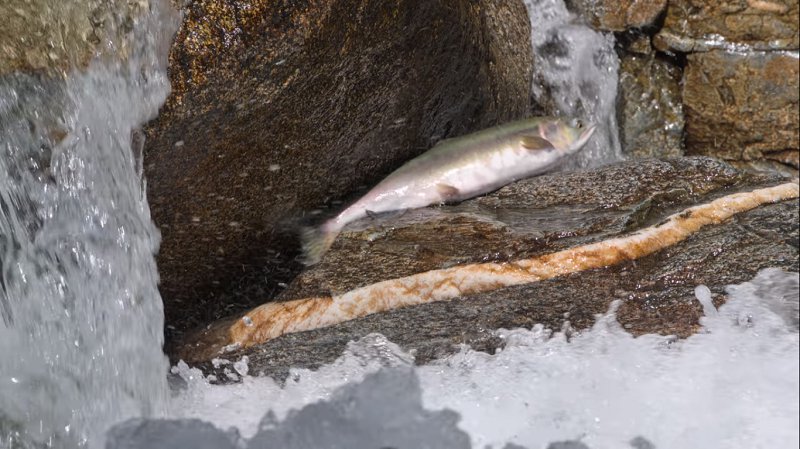
Which is a problem for bears as they need a massive quantity of food to have enough energy to hibernate through the winter.
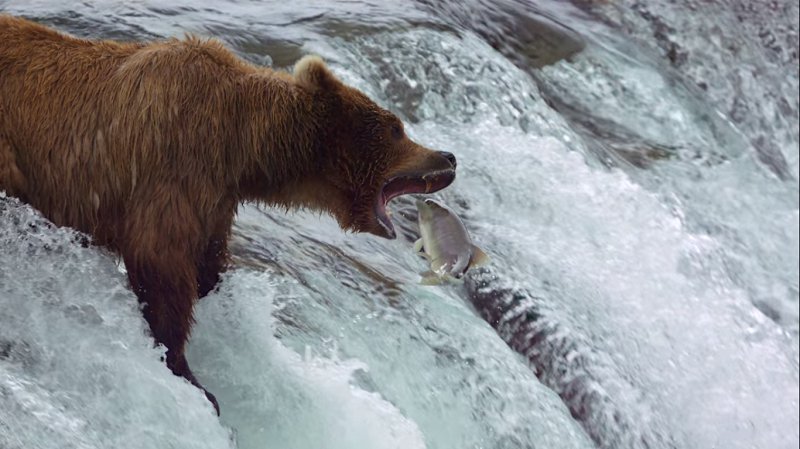
So the lack of enough salmons creates a tough competition for the best fishing spots, which are always violent.
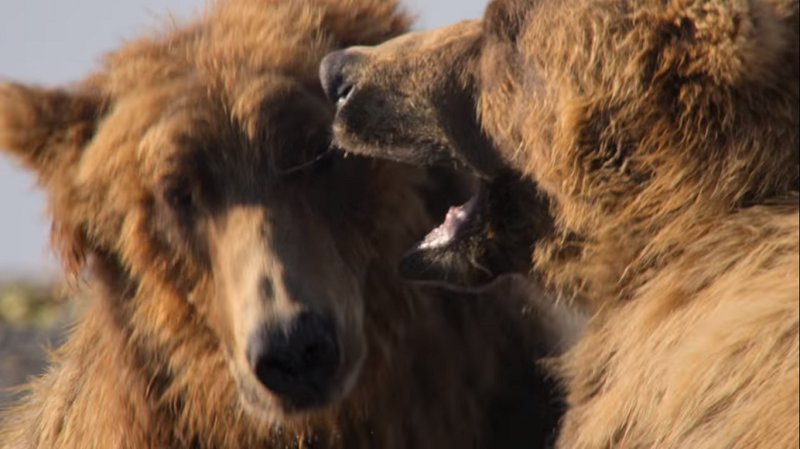
9. A flock of flamingos leave a baby behind as he had become a liability due to the solidified salt deposited on his legs.
As beautiful as everything in creation is, it is also cruel. Life in the wild is difficult and only the fitest can survive. Sadly, such was not the case for this baby flamingo.
The built-up of salt slowed the baby down and it was soon lagging hopelessly behind, destined for death.
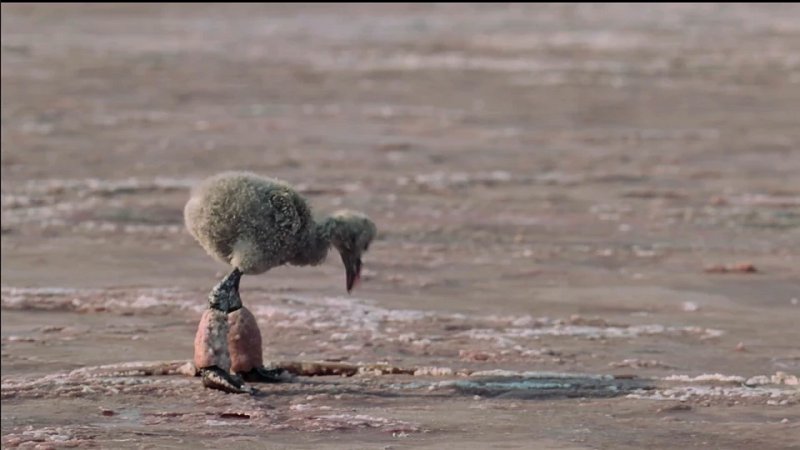
Meanwhile, adult flamingos guide their flock across a salt plain.
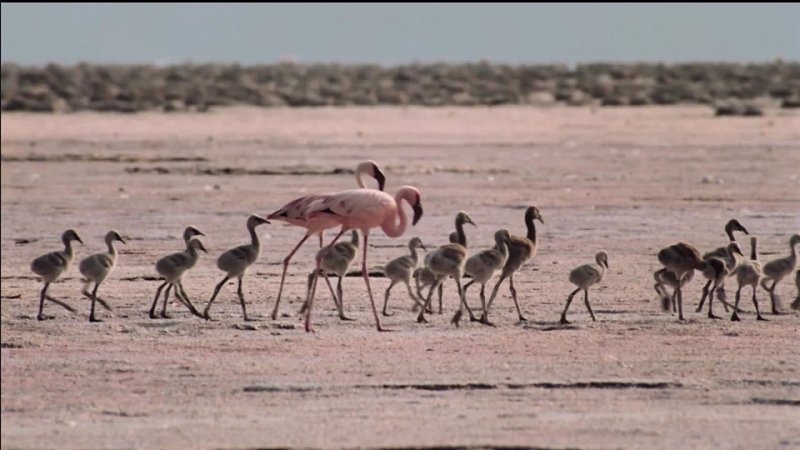
As cruel and heartbreaking as it looks, it is still the natural choice and hence, is better left untouched.
10. The elephants dig a well to quench the thirst of their calves as rivers have dried up due to man-made dams in East Africa.
You guys have watched Madagascar 2, right? If you have, then you know that animals travel a long way to some particular source of water that can sustain their herds/pride through difficult times. And then the humans build a dam and the river dries up and there’s a drought.
Well, these elephants have travelled miles in search of the river that can provide them with fresh water. But man-made dams have ensured that such rivers dry up in many parts of East Africa.
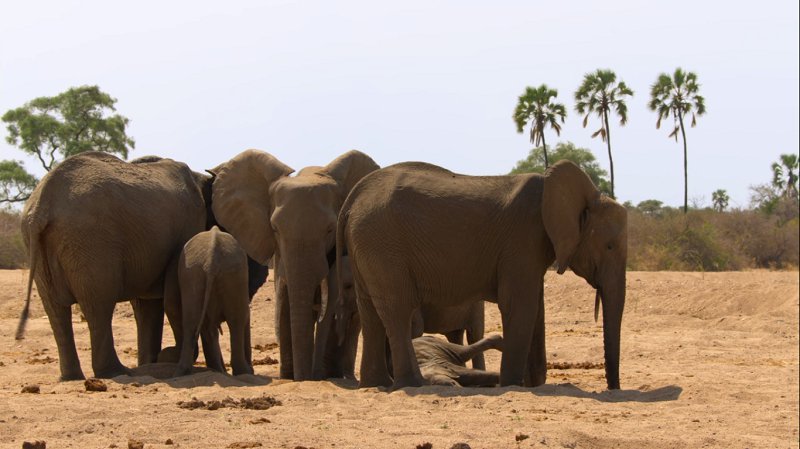
But elephants have an acute sense of smell and can detect water from miles. This very sense of smell also helps them to detect water underground and they use their trunks to dig holes in the ground.
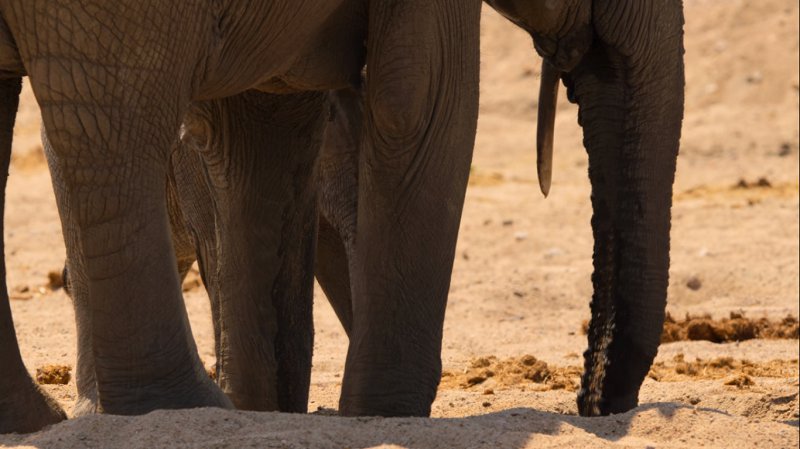
During severe droughts, such wells can become the difference between life and death. But conditions mean that animals have to fight for the few spots of water they can find and that can often be the cause of their deaths.
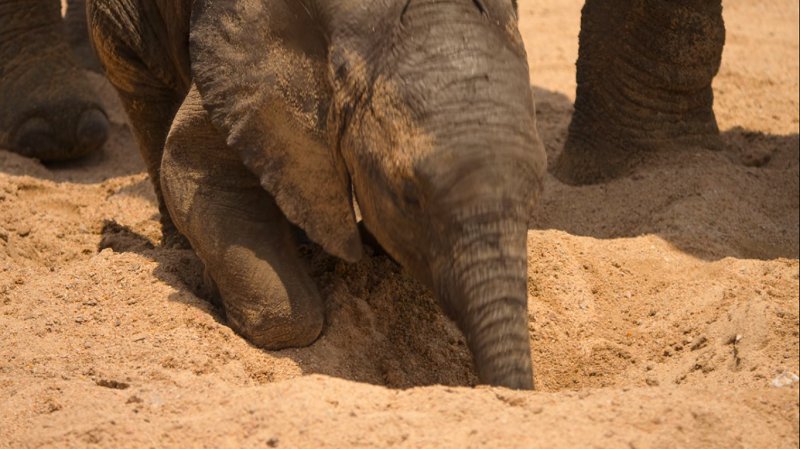
11. Inside marine protected sanctuaries, the otters and the sheephead wrasse maintain the balance of nature while right outside, urchins overrun an entire forest and the community goes extinct.
Somewhere in a sanctuary, the dense canopy of the underwater kelp acts like a rainforest and provides for an abundant community.
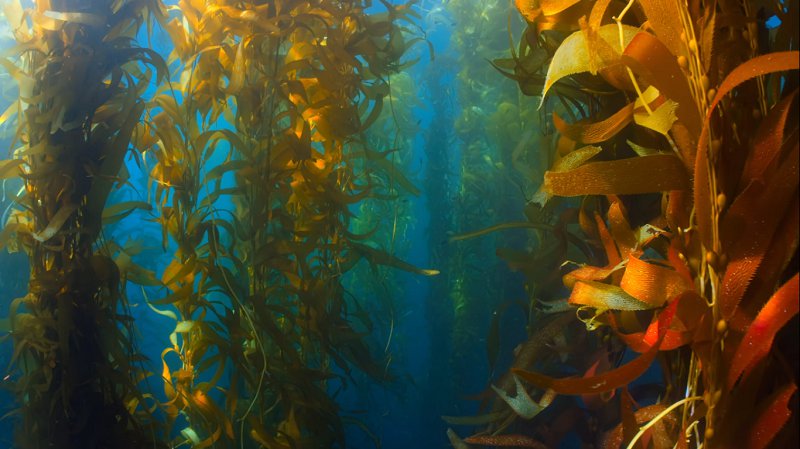
Nesting on these water are sea otters, who need to eat a quarter of their body weight every day just to survive. And they feed on mostly sea urchins.
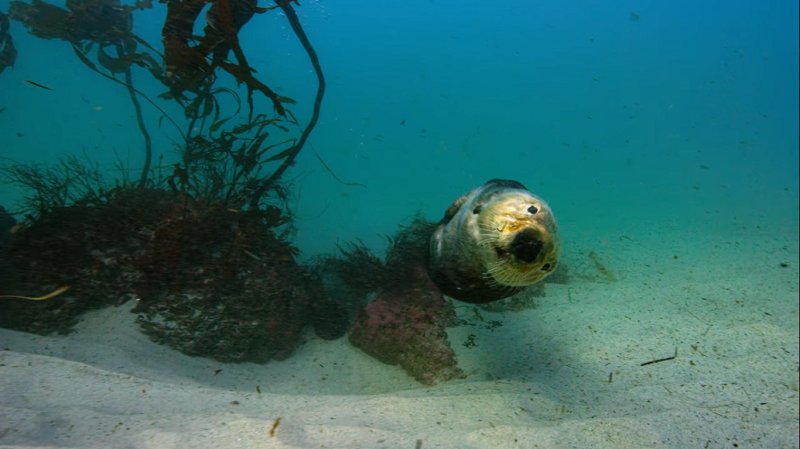
These otters are an absolute necessity it this community is to be protected as they keep down the number of sea urchins who can otherwise grow like a plague and devour on the entire kelp forrest.
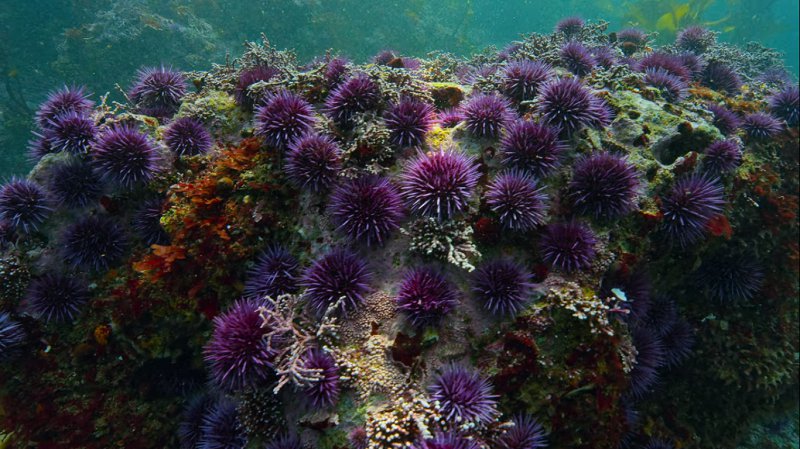
Helping them with this task are the sheephead wrasse. They are strong creatures and make short work of the urchins.
These otters and fish kept under marine protected areas keep the kelp grazers under control.
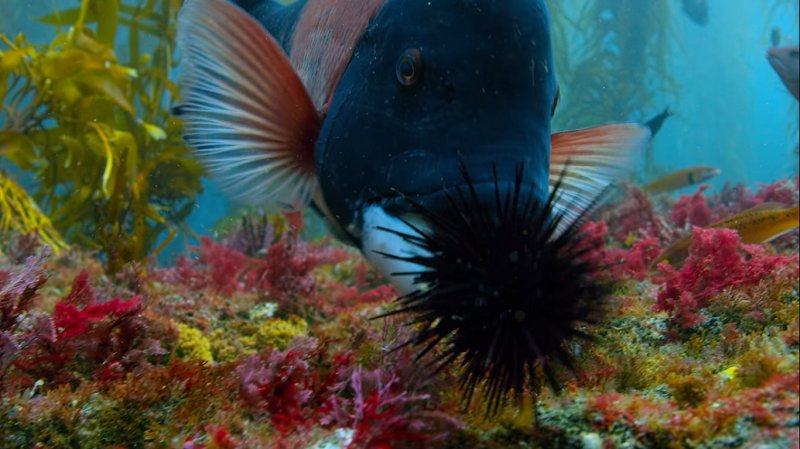
But just outside these sanctuaries, due to overfishing, the urchins grow unchecked, eating up every last bit of the kelp forest. And every community once thrived within them fall.
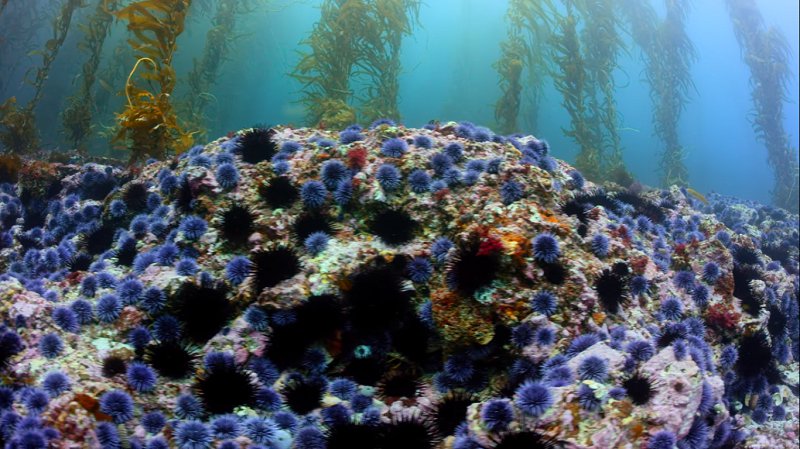
This is just a testament to the fact that whatever we, as a species have touched has been destroyed mercilessly, either at our own discretion or by the aftereffects.
So have you watched Our Planet, yet? If you have, then let us know what your favourite moments from the documentary were.
All screenshots have been taken from Netflix.




